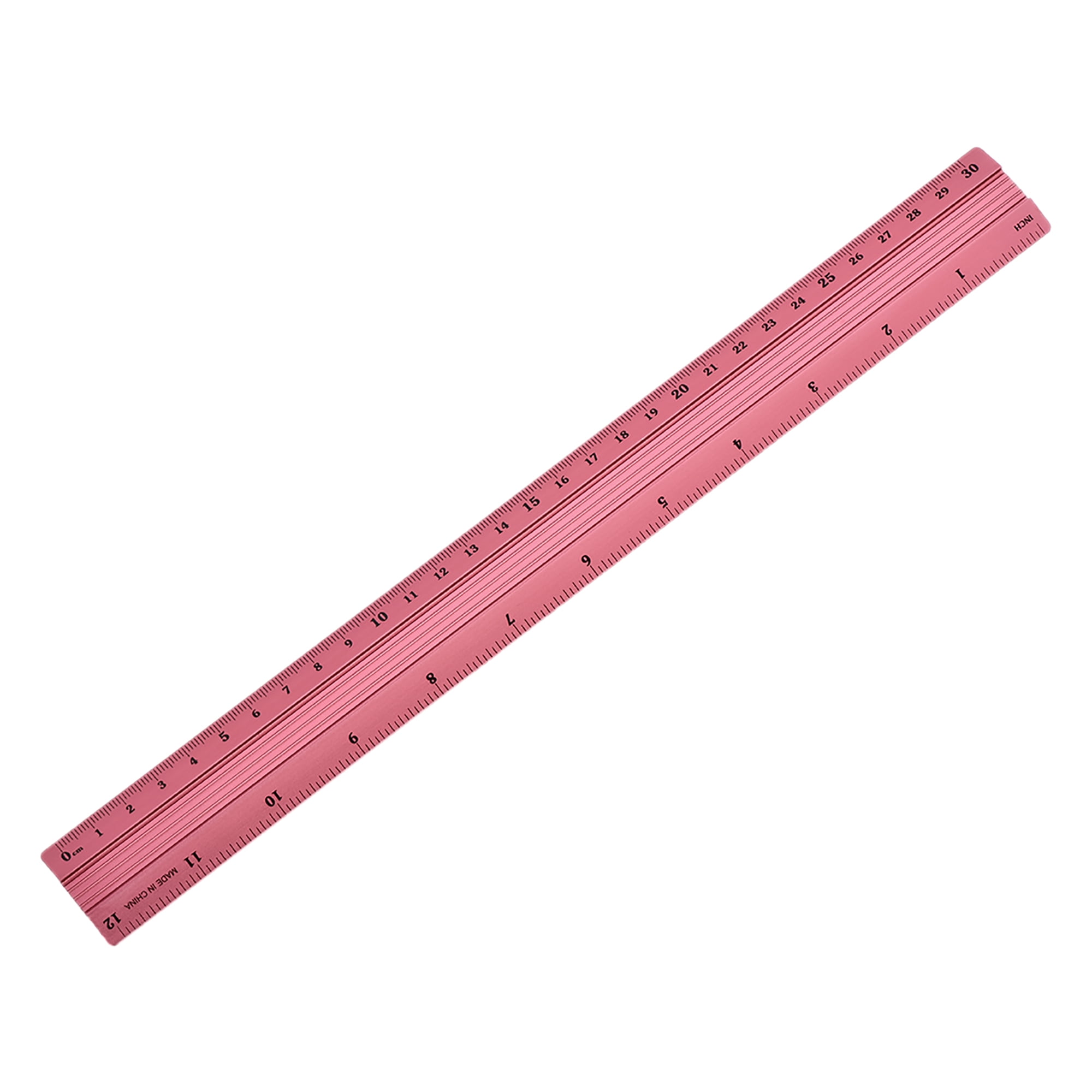

These typically aren't labeled but might be on some rulers (in which case you'd see numbers such as 1 1/2 in, 2 1/2 in, etc.). The second-biggest unit on a ruler is the 1/2 inch, which is represented by the second-longest line. Each 1-inch line is labeled with a number indicating what inch it is on the ruler (as the image above shows).Įxample: If you were to measure the length of a sheet of computer paper, the piece of paper would come up to the 11-inch mark on your ruler, indicating that it's exactly 11 inches long. The inch is the biggest unit on a ruler and is represented by the longest line. (Note that some rulers only go down to 1/8 inch lines, whereas others go down to 1/32 inch lines.) There are five different lengths of lines in total.Įach inch is divided into 16 lines, meaning that the space between each line is 1/16 inch long -this is the smallest length you can measure with a ruler. Each of these tiny lines represents a fraction of an inch. Now, notice the lines between each inch, with some longer and some shorter than others. Right away, you should be able to tell that this ruler uses inches, as it’s divided into 12 equally spaced areas (labeled 1-12), and we know there are 12 inches in a foot (ignore the cm below).
Inch ruler how to#
If you’re American, this is the measurement you probably know better than centimeters, which are sometimes included on your standard 12-inch, or 1-foot, ruler (we’ll go over how to read a ruler in cm in the next section). Let’s start by looking at how to read a ruler in inches. While we will be providing pictures you can use to follow our instructions, we recommend getting out your own ruler or measuring tape so you can follow along in real time. Meanwhile, centimeters are part of the metric system, which is used around the world in both everyday life and science. Inches correspond to the imperial system, which is the main measuring system used in the US and a smattering of other countries. There are two types of rulers you can use: the inch, or imperial, ruler and the centimeter, or metric, ruler. It’s pretty obvious that knowing how to read a ruler is important to not just your grades in school but also your day-to-day life. For instance, what if you make two pieces of something that don’t fit together because one is shorter or longer than it was supposed to be? Or what if you mess up a science experiment because you didn’t accurately read the measurement of a piece of string you cut? And if you don’t know how to read a ruler, then you’ll likely suffer some consequences. The truth is that there are tons of moments in life when you’ll need to know how to read a ruler.

Or what if you wanted to frame a photo you have? In this case, you might have to measure the picture to see what kind of frame it would fit in. Knowing how to read a ruler is important, not just for school but also for daily life.įor example, if you wanted to make something out of construction paper, you'd likely need to use a ruler to measure out how much of the material you would need.


We’ll also provide you with some helpful resources you can use to keep honing your ruler-reading skills. In this guide, we’ll explain why you should know how to read a ruler and give you step-by-step instructions on how to read a ruler in inches and cm. There are so many lines on a ruler, it can get confusing to figure out what they all mean. Rulers are an essential tool to have, but if you’re struggling with how to read a ruler, you're not alone.


 0 kommentar(er)
0 kommentar(er)
